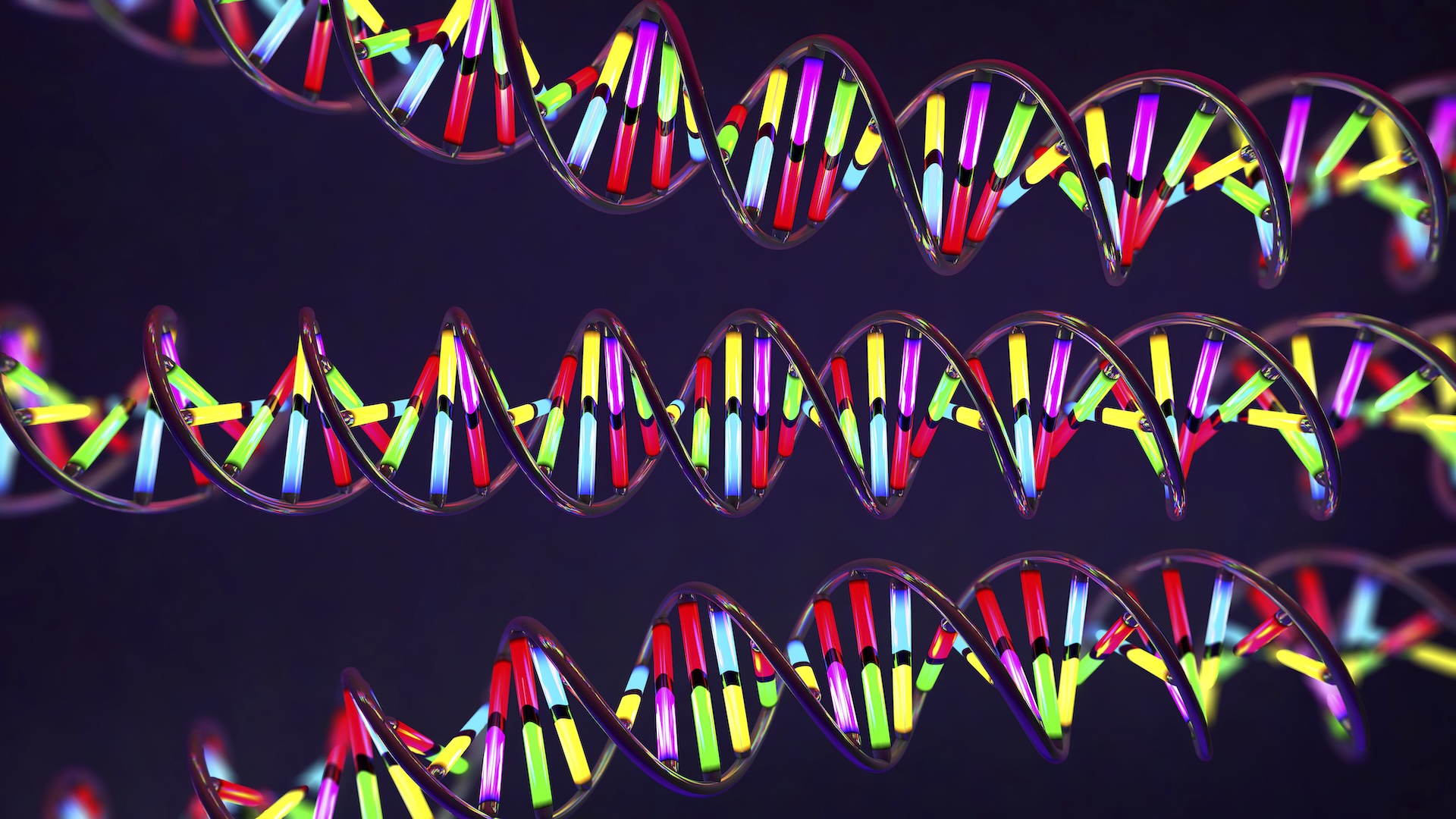
Ancient viral DNA embedded in the human genome may boost people's susceptibility to neuropsychiatric disorders, such as depression, bipolar disorder and schizophrenia.
A study published in May in the journal Nature Communications zoomed in on human endogenous retroviruses (HERVs) — snippets of DNA that form approximately 8% of the modern human genome.
Psychiatric disorders tend to run in families, and studies of twins have also hinted that genetics plays a role in whether people develop them. Estimates suggest that schizophrenia and bipolar disorder may have a heritability as high as 80%, meaning most of the variability seen in these disorders comes down to differences in people's genetics.
Specific versions of genes, or gene variants, have been tied to these disorders, but not much is known about the influence of HERVs.
Related: Common cold virus may predate modern humans, ancient DNA hints
"We were fascinated by the concept that [HERVs] existed in the human genome and so much was not known about them," study co-author Timothy Powell, a neuroscientist and molecular geneticist at King's College London, told Live Science.
HERVs are bits of viruses that have been woven into the human genome over evolutionary time, with the oldest examples introduced to our ancestors over 1.2 million years ago. Some HERVs are known to be switched on in cancer cells, and they may contribute to the disease; others are active in healthy tissues or play important roles in early development, so they're not necessarily all bad. Some HERVs are even active in the brain, but it's not yet clear what they're up to.
Previously, scientists have studied the role of HERVs in psychiatric disorders by comparing the genetic material of individuals without such disorders with that of people affected by a given disorder. A drawback of this method, however, is that it doesn't account for the influence of environmental factors or other conditions a person may have. This makes it difficult to say with certainty that a given stretch of DNA, in isolation, is strongly associated with the disorder.
The new study used a different approach to weigh the effects of thousands of HERVs. The researchers accessed genetic data from previous studies that involved tens of thousands of people, as well as from postmortem brain tissue samples collected from nearly 800 patients with and without psychiatric disorders. They then studied which gene variants different individuals carried, noting whether they seemed to affect nearby HERVs.
They found that specific gene variants were associated with a higher risk of three psychiatric disorders — schizophrenia, depression and bipolar disorder. These variants also affected whether HERVs in the brain were "switched on" and to what degree.
"This [association] gives us much more certainty that the genetic differences we're seeing between cases and controls are more likely to be a true reflection of the biology of the disorder," Rodrigo Duarte, a research fellow at King's College London, told Live Science.
The team is the first to identify five new HERVs strongly tied to psychiatric disorders. Two were associated with schizophrenia, one was common to schizophrenia and bipolar disorder, and one was specific to major depressive disorder. These five HERVs are distinct from any previously linked with each of the conditions.
"It is a major advancement," said Dr. Avindra Nath, clinical director at the National Institute of Neurological Disorders and Stroke who was not involved in the study. "The way that we've been studying all these other neurological diseases, we need to look at them again using their technique," Nath told Live Science.
The study suggests that these HERVs enhance the chances of developing the disorders, but at this point, not much can be said for how much these genetic snippets boost an individual person's risk. Carrying one of the HERVs doesn't necessarily guarantee a person will be affected by the linked disorder.
Going forward, the group plans to manipulate HERV activity in brain cells in lab dishes to see whether they affect the way the neurons grow and form connections.
"From a genetic standpoint, it's an advancement of the field," Nath said. "But from a pathogenesis standpoint, much remains to be answered" about how the HERVs actually contribute to disease.
Ever wonder why some people build muscle more easily than others or why freckles come out in the sun? Send us your questions about how the human body works to community@livescience.com with the subject line "Health Desk Q," and you may see your question answered on the website!







